Car Wheels: What Every Driver Should Know
Picking the right wheels can change how your car looks and feels. Whether you’re eyeing shiny alloy rims, sturdy steel wheels, or thinking about adding spacers, the choices you make affect performance, safety and even resale value. Below you’ll find straight‑forward advice to help you decide, maintain and get the most out of your wheels.
Alloy vs. Steel: Which Fits Your Ride?
Alloy wheels are popular because they’re light and look sleek. Their lower weight can improve acceleration and fuel efficiency, and they usually stay cooler under hard braking. However, alloys can be prone to curb rash and corrosion if you don’t protect them.
Steel rims, on the other hand, are heavier and not as flashy, but they’re tough and cheaper to replace after a hit. If you drive on rough roads or need a budget‑friendly option for winter tires, steel might be the smarter pick.
To decide, ask yourself: Do you value style and a small performance boost more than raw durability and price? That answer will point you toward the wheel that matches your priorities.
Keeping Your Wheels in Shape
Alloy wheels can last 8‑10 years or more when you treat them right. Regular washing with a pH‑balanced cleaner prevents brake dust from eating into the finish. Some owners swear by a quick spray of WD‑40 to break down stubborn grime, but use it sparingly and rinse thoroughly to avoid residue.
Watch for the little red dot on many alloy rims – it marks the factory‑set balance point. When you mount new tires, align the dot with the valve stem to keep the wheel balanced and reduce vibration.
Wheel spacers add a wider stance and can improve handling, but they also put extra stress on bearings. Choose spacers made from high‑strength aluminium, install them correctly, and check bearing wear every 10‑15 000 miles. Ignoring this can lead to premature bearing failure.
If you’re thinking about upgrading, weigh the cost against the benefits. Alloy wheels often boost fuel efficiency by a few percent and give a sportier look, yet they’re pricier and can be harder to repair. Steel wheels are more forgiving if you hit a curb.
When it’s time to say goodbye to old rims, don’t toss them. The scrap value of alloy wheels fluctuates with metal prices, but a well‑kept set can still fetch a decent sum. Clean the wheels, remove any plastic caps and sell them to a reputable recycler for the best return.
Bottom line: Choose wheels that match your driving style, protect them with regular cleaning, respect the red‑dot balance mark, and keep an eye on spacers and bearings. With these simple steps, your car wheels will stay safe, look great and serve you for years to come.
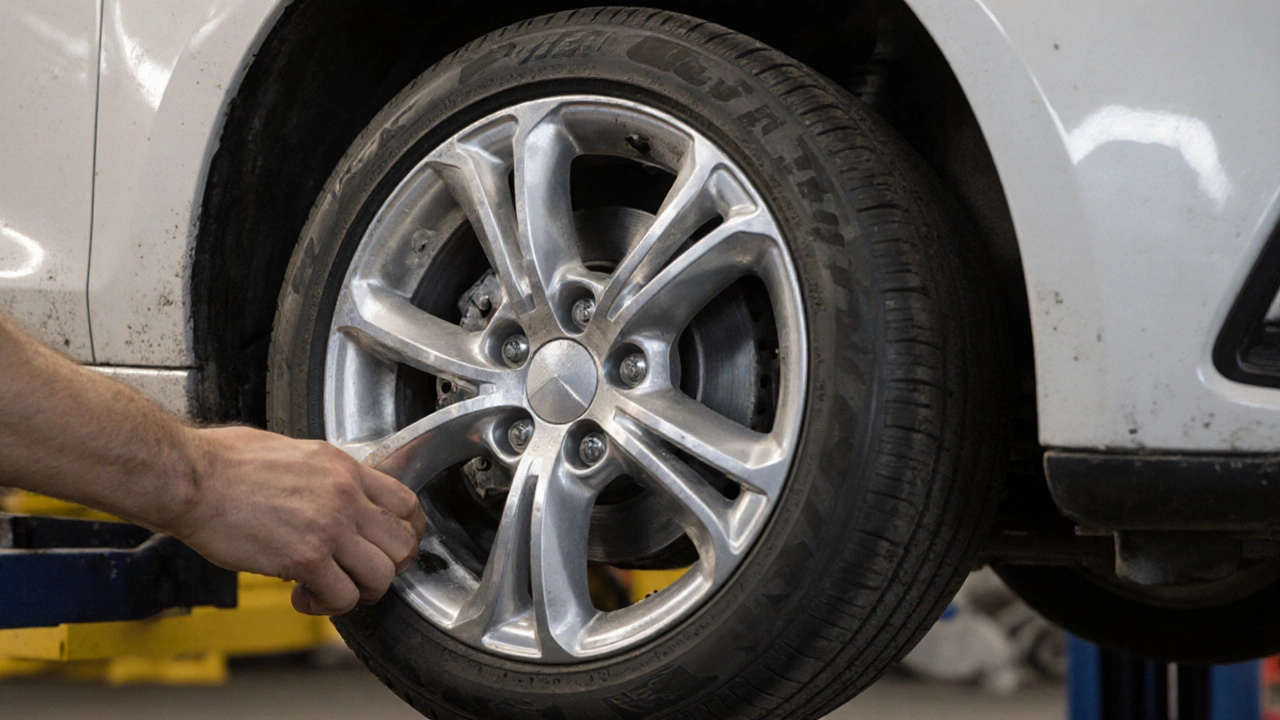
How to Tell If Your Wheels Are Alloy
Learn how to tell if your car wheels are alloy or steel using simple tests like the magnet trick, weight check, and surface inspection. Know the real difference and why it matters for performance and value.

DIY Alloy Wheel Repair: Step‑by‑Step Guide
Learn how to fix bent rims, curb rash, and small cracks on alloy wheels yourself with step‑by‑step instructions, tools, safety tips, and a DIY vs professional comparison.

Do Wheel Spacers Increase Tire Wear? Causes, Geometry, and Safer Alternatives
Do wheel spacers wear out tires? Learn when they do, when they don’t, the geometry behind wear, safe install tips, Aussie legal limits, and smarter alternatives.
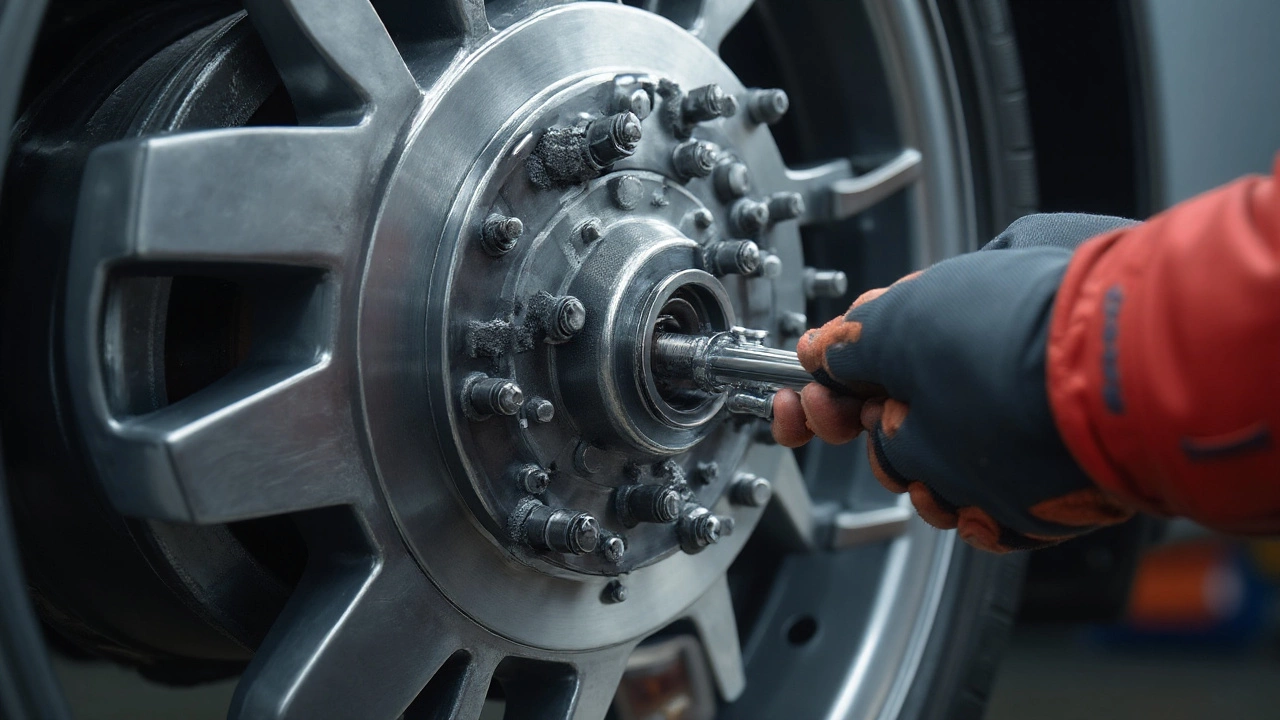
Are 2-Piece Wheel Spacers Safe? Risks, Legality in Australia, and Setup Guide (2025)
Are two-piece wheel spacers safe? Get a clear answer with engineering basics, risks, Aussie legality in 2025, and a step-by-step setup guide with torque and checklists.

Alloy Wheels Life Expectancy: How Long They Last and How to Extend It
Clear, practical answer on how long alloy wheels last, what shortens or extends their life, and simple steps to keep them looking sharp and safe.
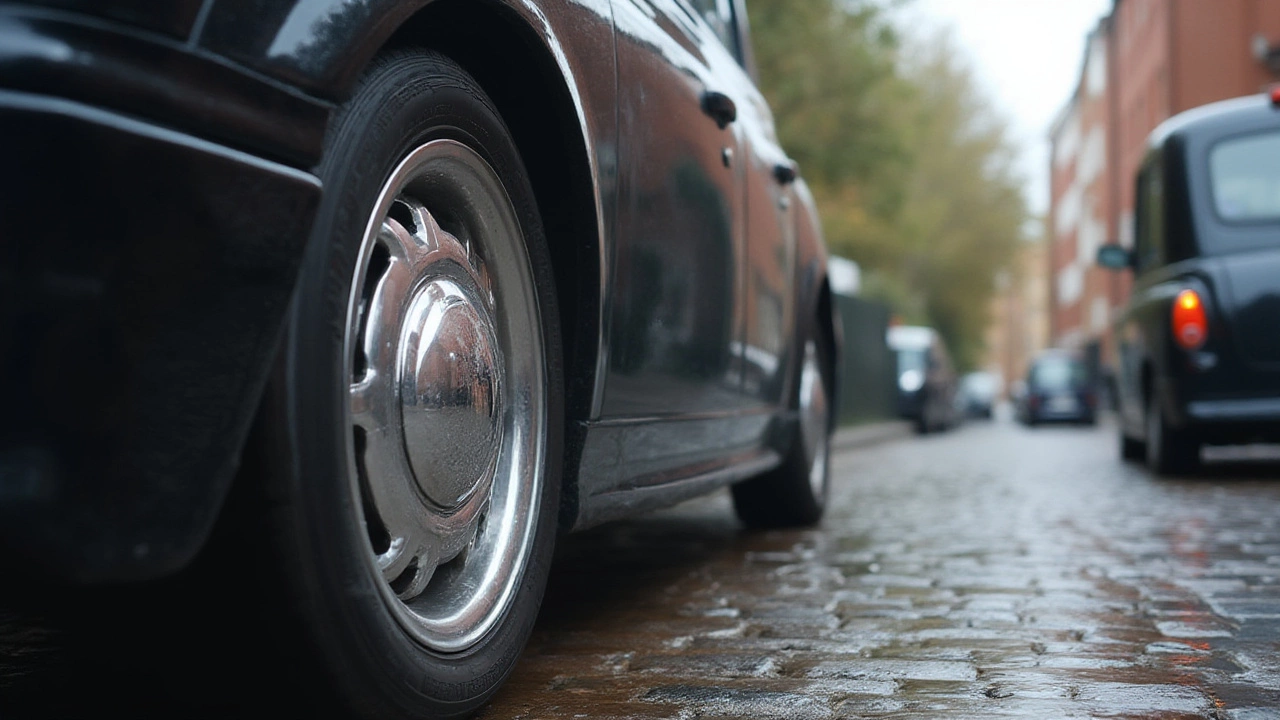
Alloy Wheels vs. Steel Rims: Which Is Really Better for Your Car?
Get a deep dive into how alloy wheels stack up against steel rims—style, performance, price, and practical tips. Make smarter choices for your car.
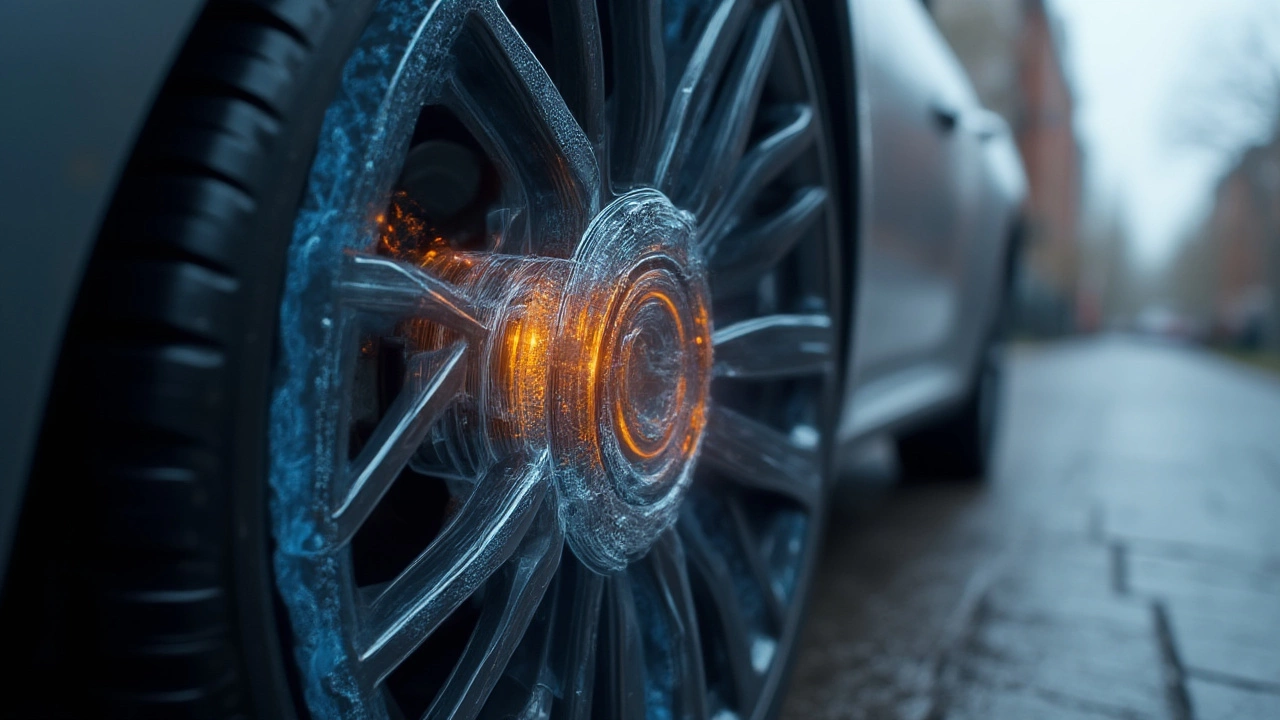
Do Wheel Spacers Cause Bearing Failure? Truths, Myths, and Real-World Advice
Are wheel spacers putting your car's bearings at risk? Learn how spacers affect bearing life, discover real-world tips and facts, and find out if your mods are safe.

Is Upgrading to Alloy Wheels Worth It?
Thinking about swapping your car's wheels for some shiny alloy ones? Before you spend your hard-earned cash, let's find out if those sleek rims are more than just a pretty face. Dive into the benefits like improved performance and fuel efficiency, and consider potential downsides such as cost and durability. We'll weigh the pros and cons to see if upgrading to alloy wheels is the right move for your ride.
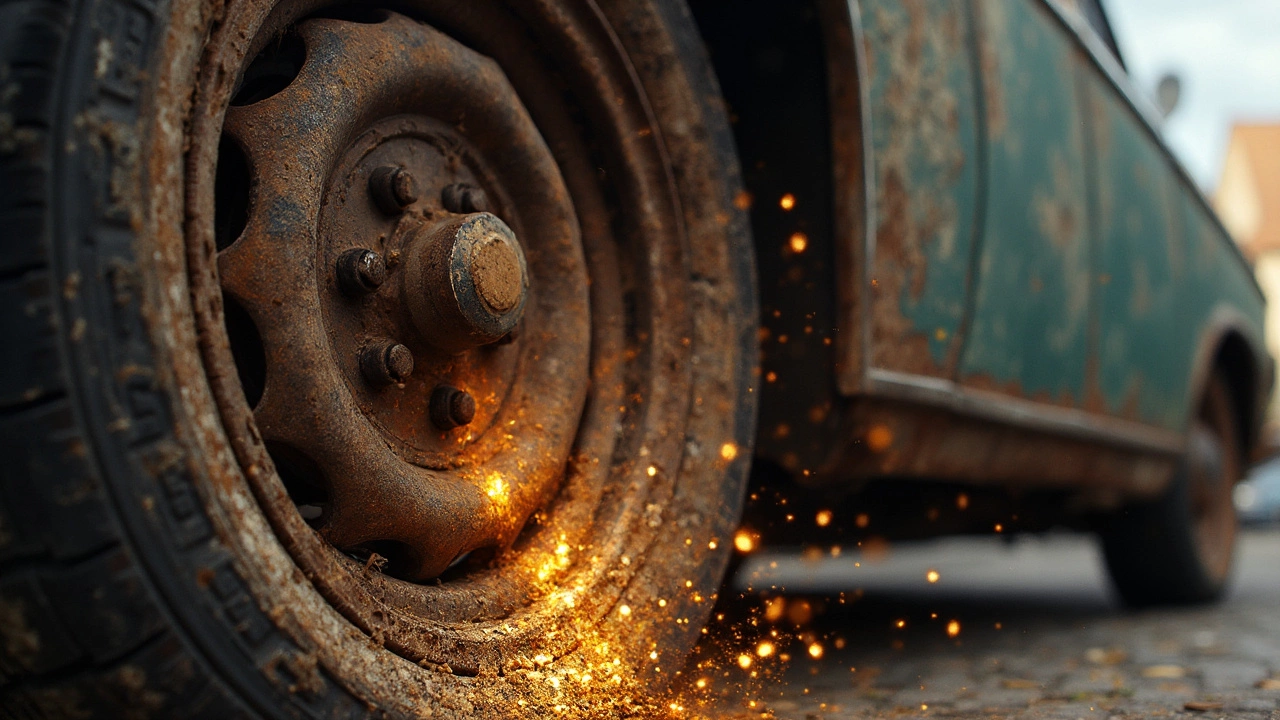
Does WD-40 Clean Alloy Wheels?
Ever wondered if WD-40 can be a knight in shining armor for those tarnished alloy wheels? We explore whether this multi-purpose spray can tackle the grime and dirt on your car's wheels, break down how it works, and share handy tips and tricks for effective use. Discover how everyday users have transformed their wheels with just a spray and a bit of elbow grease, and learn what to avoid to keep your alloys gleaming. Dive into this practical guide for wheel care enthusiasts seeking simple solutions.
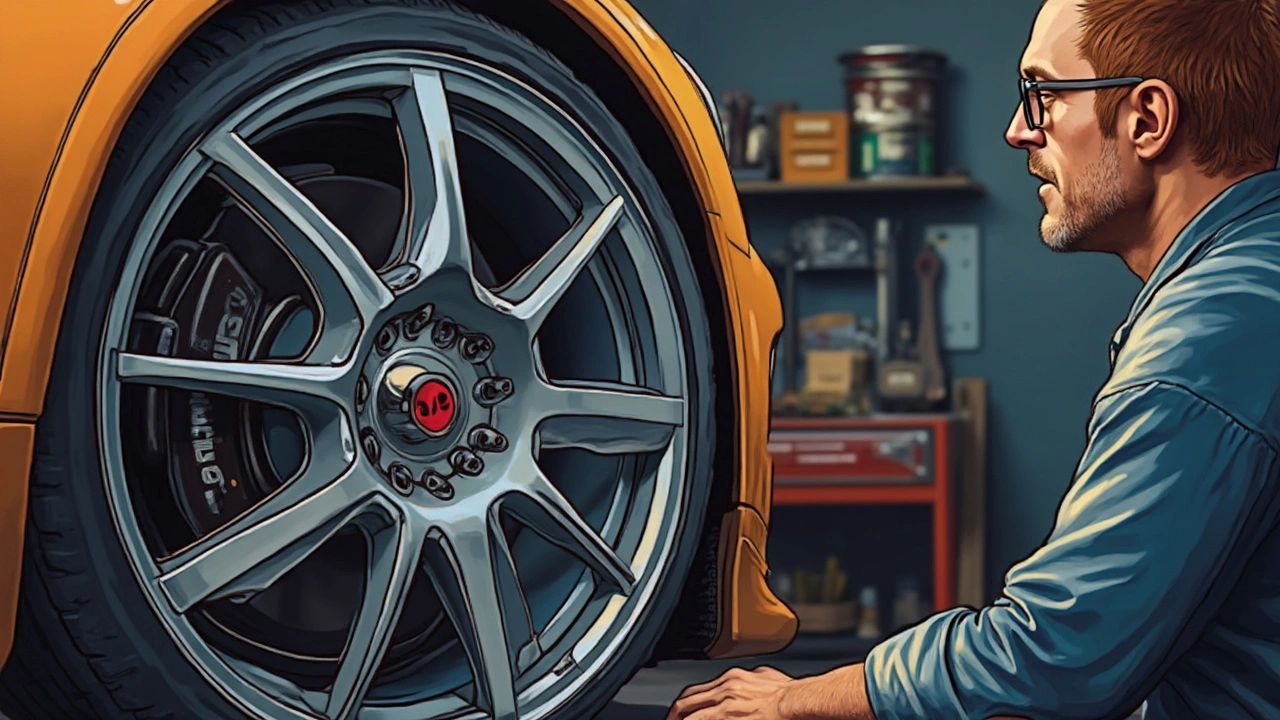
What is the Red Dot on Alloy Wheels?
The mysterious red dot on alloy wheels often puzzles car enthusiasts and drivers alike. This tiny mark plays a significant role in the proper alignment and balance of your wheels. Understanding its purpose can greatly enhance the installation process of new tires, ensuring a smoother ride. Dive into the specifics of what this red dot signifies, and learn how it relates to vehicle performance.
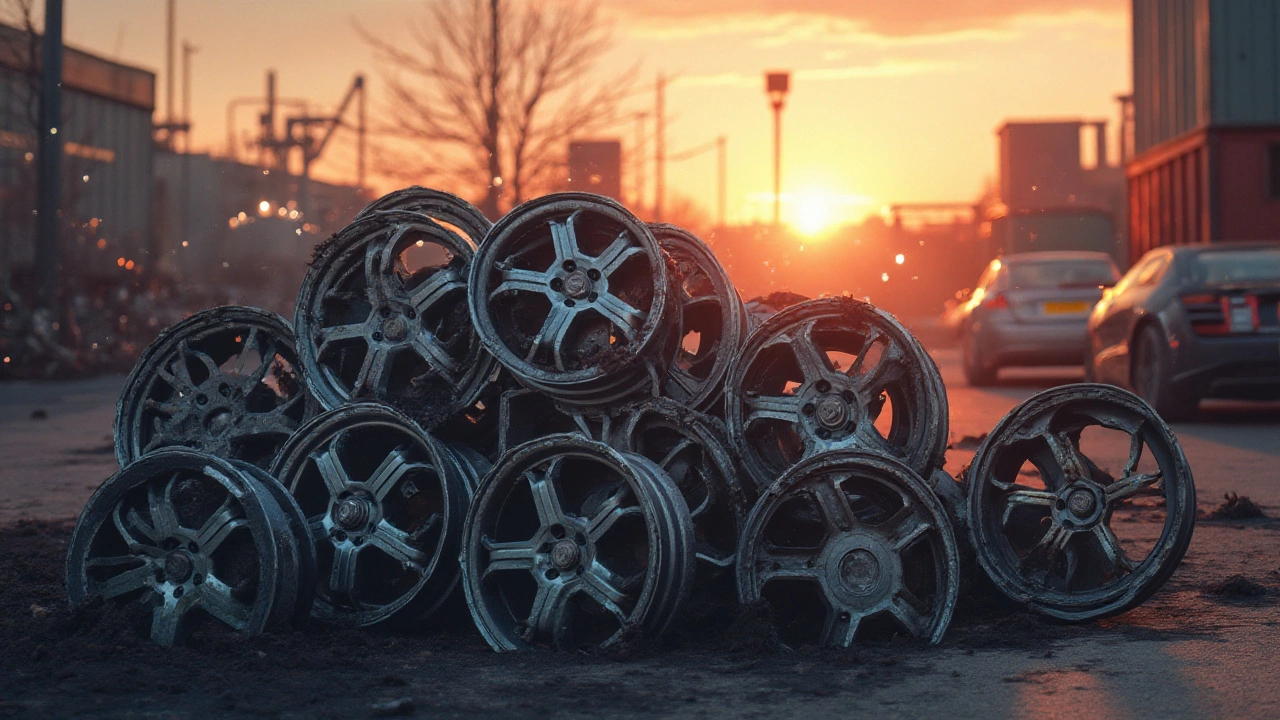
Scrap Value of Alloy Wheels: What You Need to Know
Discover the factors influencing the scrap value of alloy wheels, including the type of metal, wheel condition, and market fluctuations. This article provides practical tips on maximizing the returns from selling used alloy wheels. Learn the importance of metal recycling and its impact on pricing. Gain insights into how demand and supply dynamics in the metal market can affect scrap values. Equip yourself with essential knowledge to make informed decisions about recycling alloy wheels.